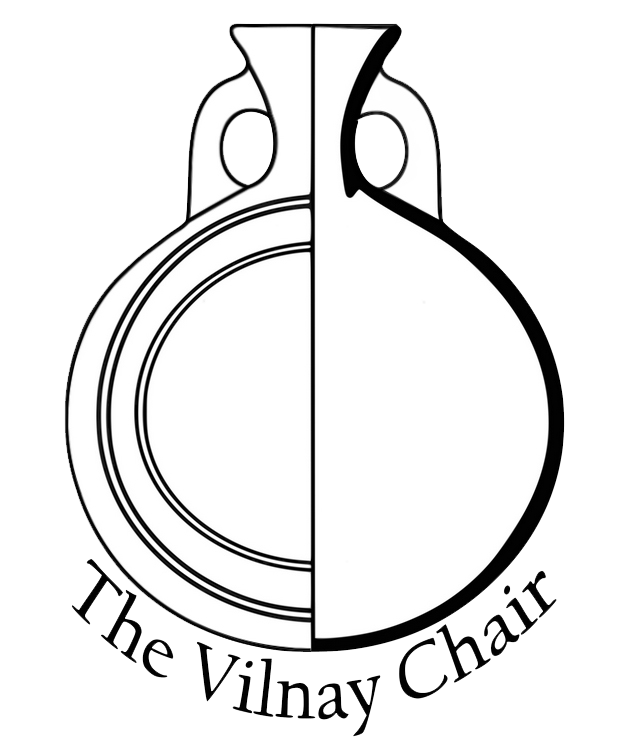The Zev Vilnay Chair for the Study of the Knowledge of Land of Israel
(‘Yediath Ha’Aretz’) and its Archaeology
Throughout the years there have been many research studies which contributed to our knowledge of the country in every conceivable aspect. Yet, the significance of the history of the research was hardly recognized. In recent years there has been a great increase in the studies addressing the history of the Land of Israel and its archaeology, and a range of issues relating to this field has expanded. Nevertheless, despite the increasing volume and importance of these issues, so far there has been no center combining contemporary research in the field.
A Chair dedicated to the study of the history of the knowledge of Land of Israel and its archaeology would enable us, for the first time, to seek answers to questions regarding the factors that drove the research. The changes, overtime, in the study of a specific theme as well as the reciprocal relationship among researchers studying the same field. The answers may serve as an additional layer shedding light on the research, and open a porthole into a deeper, more complex comprehension of the research process itself.
The Chair will be named after Zev Vilnay (1900-1988) whose life was dedicated to the study of the Land of Israel. In many ways he is one of the fathers of the field of the knowledge of Land of Israel (‘Yediath Ha’Aretz’), in all its varied aspects: a profound knowledge of the landscape of the Land of Israel throughout its history; founding the field trips as a way of getting acquainted with the land; participating in naming new settlements, to mention just a few. Thus, a Chair dedicated to this field cannot have a more worthy namesake.
In Judaism, the concept of the sanctity of the Land of Israel is present as early as the Second Temple period, and consequently also occurs in Christian thought. In Western Europe, the Land of Israel was perceived as ‘the Holy Land’ and its sacred sites were, first and foremost, textual ones – originating in a sacred text which endows them with their sanctity. Visiting these sites brought the faithful closer to the sacred text and even helped them to better understand it. With the invention of print and the translation of the Bible to various European languages, the Bible was widely disseminated, commonly owned by many households. As a result, 19th century travelers to the Holy Land started seeking the places and landscapes they were familiar with from childhood tales, rather than limiting themselves to well-known pilgrimage destinations. This interest in landscapes and sites was compounded by the scientific advances characteristic of this period. From hence, we see the inception of the scientific research of the Land of Israel in multiple fields and aspects. Within Jewish society, too, the study of the Land of Israel began during the second half of the 19th century, encompassing wide sectors of the Jewish public. This study was conducted by highly educated European Jews, as well as educated members of the ‘Old Yishuv’ in Jerusalem and members of the ‘New Yishuv’. In Jewish society, the study of the Land of Israel was regarded as “semi-popular”, combining science, values, folk tales, and legends. However, with the resumption of the activities of the Hebrew Exploration Society (nowadays the Israel Exploration Society) in 1920, and later of the establishment of the Hebrew University in Jerusalem in 1925, the study of the Land of Israel turned into a scientific field encompassing geography, nature studies (fauna and flora), history, and archaeology.
Today, the study of the knowledge of Land of Israel and its archaeology combines several different disciplines: Israel studies, sociology and cultural history, alongside the relevant fields of study, which include archaeology, history, botany, as well as zoology. The field of the history of research focuses on the processes that have influenced the development of the research of Israel studies and archeology from the 19th century onwards. Studying research trends and professional decisions enables a better understanding of what has affected and continues to affect research in this field. We hope that this Chair will make a significant contribution to in-depth research of the field, and to consequently a better understanding of the past as well as our own contemporary reality.


 Webtopus בניית אתרים
Webtopus בניית אתרים